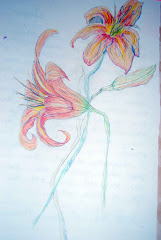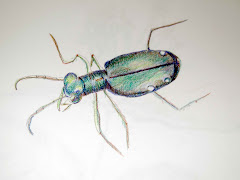
Today I had a variable dancer (Argia fumipennis) perch on my arm; it is the only violet damselfly in the northeast, quite lovely, and special, as well. I believe there are over 750,000 species of dragonfly/damselflies in the world, but about 165 in the northeast. I see many species on the water, and they are all beautiful.
They belong to the order Odonata, Odon, meaning, “tooth”, an indication of the formidable mouthparts setting them apart as voracious predators. The sub orders, Anisoptera (dragonflies) and Zygoptera (damselflies) occur in North America.a
Usually, people refer to both suborders as dragonflies, but there is, in fact, a distinction between the two. Romantically speaking, of course, I am drawn to the damselfly: slender, delicate, seemingly fragile, all “feminine” characteristics; while the stout-bodied dragonfly is larger, more solidly built (male characteristics) which might lead one to believe that the former was the female of the same species, but this is not the case.
Either way, I am in love with both; they fly so effortlessly and silently making their sudden appearance feel magical. Their persona is so poetic, that one would not guess that they are “voracious predators”, but they are. In fact, the males are also very territorial, protecting their territory very ardently.
Females only visit the wetlands when they are ready to mate, and once a male is found, they display a unique method of mating by forming a “mating wheel”. The female arcs her body around to meet the male sex organs, which are on the underside of his body. They will fly joined like this, while mating is completed. The male then flies with the female while she oviposites (or, lays her eggs) and sometimes they fly in tandem during this process, as well. The reason for the male’s jealous guarding of his mate is that male dragonflies possess the ability to remove sperm packets (spermataphores) of previous mates! In order to avoid having his dominance usurped, he sees to it that their process is brought to complete closure.
The females deposit their eggs in varying ways, depending on their species: some will make a slit in plant stems to deposit their eggs; others will deposit them directly on grasses, reeds and mosses; while still others will deposit their eggs directly in the water.
Whatever way they come to us, a day on the water would not be the same without them.





No comments:
Post a Comment